The adoption of wear-resistant brakes and tyres by fleets, the expansion of low emission zones and the lowering of speed limits, are among a series of recommendations to cut harmful emissions.
Non-exhaust emissions – particles released from brake, tyre and road surface wear – are now the main source of particulate pollution from road transport, according to a new study commissioned by EIT Urban Mobility, Transport for London (TfL) and the Greater London Authority (GLA).
Particulate matter (PM) pollution remains one of the most severe environmental health threats in Europe.
In 2022, more than 96% of the population was exposed to concentrations of PM2.5 (particles with a diameter of 2.5 microns or less) above World Health Organisation (WHO) limits.
With traditional tailpipe emissions declining thanks to electrification and regulation, attention is now turning to non-exhaust emissions (NEEs).
In London, Milan and Barcelona, these emissions account for between 68-88% of PM10 from road transport and up to 78% of PM2.5.
As well as harming air quality, NEE particles contaminate water and soil, raising concerns about long-term ecological damage and microplastic accumulation.
Brake wear is currently the largest source of NEEs in urban areas, with more than 40% of resulting particles becoming airborne.
Tyre wear is also significant, although most of the residue accumulates in road dust or washes into surrounding ecosystems.
The stop-start nature of city driving intensifies both forms of pollution.
The forthcoming Euro 7 standards will, for the first time, introduce limits on brake and tyre wear emissions – beginning in 2026 and 2028 respectively – but will only apply to new vehicles.
EIT Urban Mobility’s study finds that speeding up the adoption of wear-resistant components across all fleets would deliver meaningful benefits sooner.
However, it warns that any transition must be accompanied by robust assessment of material toxicity to avoid unintended consequences.
“Only a coordinated approach, spanning regulation, innovation and behavioural change, will be effective in reducing this under-recognised form of pollution”, explained Yoann Le Petit, thought leadership manager at EIT Urban Mobility and author of the study.
“Cities have the opportunity to make a difference.”
Beyond technical solutions, a shift away from private car use emerges as the most effective strategy, the study finds.
Modelling shows that replacing car journeys with public transport, walking or cycling delivers up to five times greater reductions in particulate emissions than electrification of the fleet alone.
The impact is even greater when mode shift and electrification are combined.
In a cost-benefit simulation for London, the introduction of wear-resistant brakes and tyres was the most economically effective intervention, delivering estimated net societal benefits of €235 million (£197.5m) by 2050.
The study recommends a multi-level approach to tackle NEEs and calls on local authorities to treat NEEs as a major source of pollution and respond accordingly.
That, it says, includes expanding low-emission zones, lowering speed limits to reduce braking, penalising heavier combustion vehicles such as SUVs, and maintaining roads to minimise surface wear.
Investments in public transport, walking and cycling infrastructure should form the backbone of efforts to reduce car dependency, it adds.
At the national level, the study urges governments to enforce Euro 7 standards, accelerate innovation in low-wear materials and support retrofitting of the existing vehicle fleet.
Meanwhile, it says that European institutions must agree on harmonised methods for measuring brake, tyre and road wear emissions – a key step, Le Petit argues, for building consensus and enabling coordinated policies across borders.


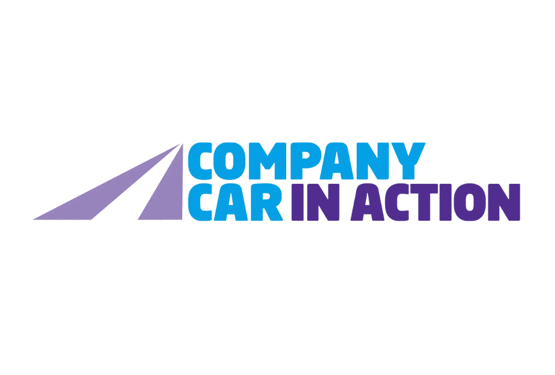



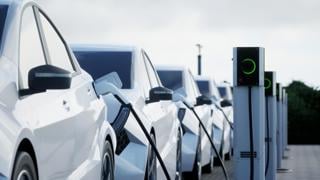
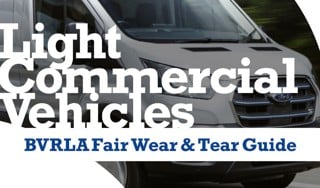
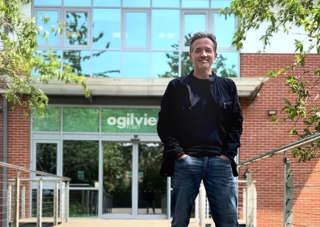




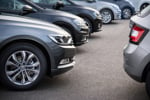


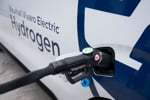


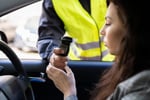



Login to comment
Comments
No comments have been made yet.